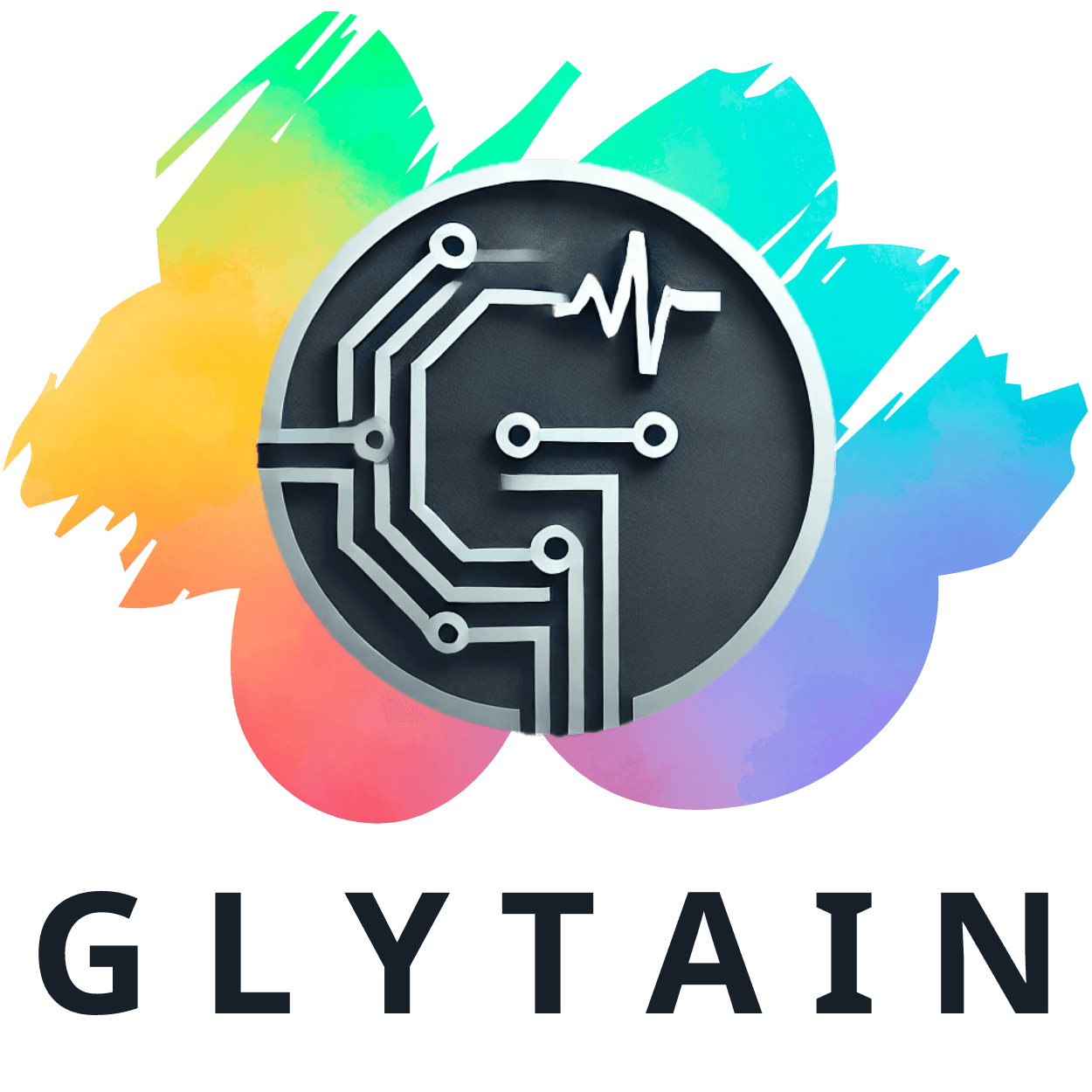
C3 Glomerulopathy: A Silent Threat to Kidney Health
C3 glomerulopathy (C3G) represents a critical, yet often overlooked aspect of kidney health. A rare condition marked by the improper activity of the complement system, C3G can lead to kidney failure if left untreated. This rare kidney disease has finally gained attention with the FDA's recent approval of Fabhalta, the first therapy specifically for C3G. For many patients who faced years of supportive care and symptomatic treatments, this approval marks a significant milestone.
Competition in the Rare Disease Space
While Novartis’s Fabhalta has secured its position as a pivotal treatment for C3G, it must now contend with the anticipated entry of Apellis Pharmaceuticals’ Empaveli. In clinical trials, Empaveli has already demonstrated superior efficacy, potentially setting a new standard for treating this challenging disease. As healthcare professionals and patients weigh their options, the competition prompts discussions about treatment strategies and patient outcomes.
The Significance of FDA Approval
The approval of Fabhalta not only expands treatment options for C3G but also brings attention to rare kidney diseases that often receive less focus from healthcare markets. This pivotal moment forces us to recognize the unmet needs in rare diseases and may serve as a catalyst for future innovations in treatment strategies. Furthermore, Fabhalta’s trajectory can inspire continued research and development into similar therapies.
Patient Journey: From Diagnosis to Treatment
For patients diagnosed with C3G, the journey has often been fraught with uncertainty. Historically, treatment options were limited to broad immunosuppression, which could lead to severe side effects. Now, with Fabhalta's approval, there is hope that treatment journeys can become less daunting, with more targeted therapies available. This shift not only has medical implications but also emotional ones, as patients are empowered with new options.
Looking Ahead: The Future of Kidney Disease Treatment
The landscape of treatments for kidney diseases is evolving rapidly, highlighting the urgency of innovation in this space. Novartis’s Fabhalta, while significant, may represent just the beginning in a wave of targeted therapies for C3G and other rare conditions. Investors and stakeholders in healthcare should keep a pulse on emerging treatments and partnerships as the competition heats up in this under-resourced area of medicine.
In conclusion, as Fabhalta steps into the market, it not only signifies innovation in treating C3G but also emphasizes the necessity for continuous advancements in healthcare, especially for rare conditions. Stakeholders, including healthcare IT professionals and digital health innovators, should seize the opportunity to enhance patient engagement and outcomes by integrating these treatment advancements into broader health strategies.
 Add Row
Add Row  Add
Add 




 Add Row
Add Row  Add
Add 

Write A Comment